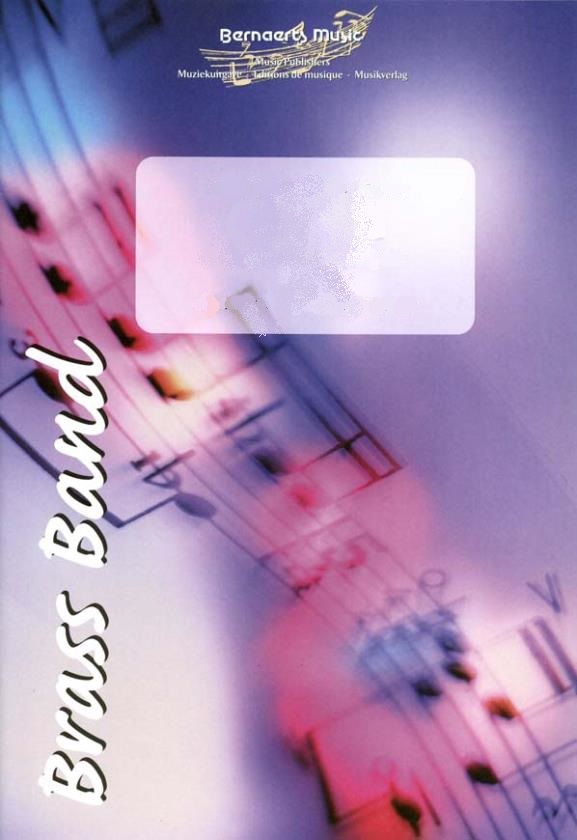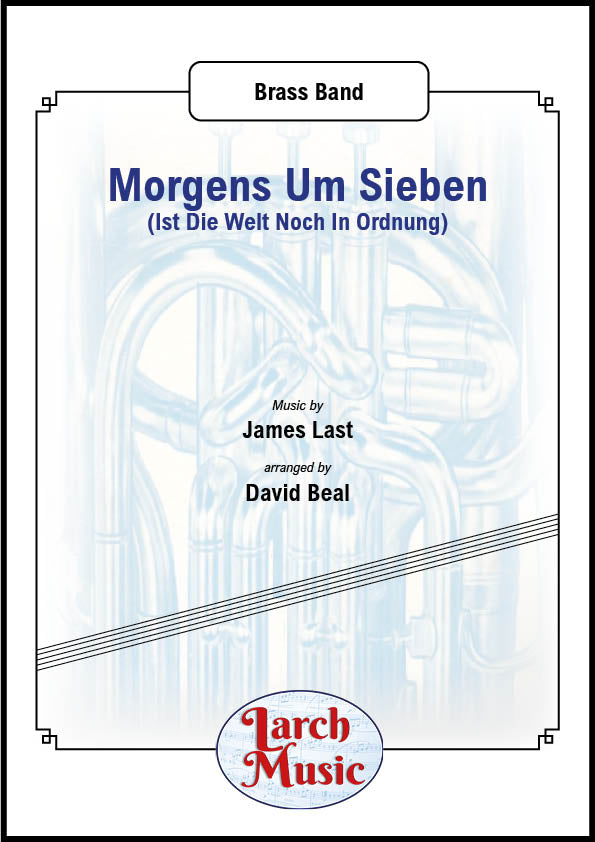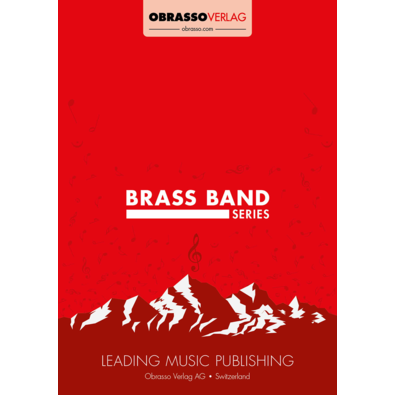We've found 416 matches for your search. Order by
Results
-
 £61.99
£61.99The Last Of The Mohicans - Trevor Jones - Frank Bernaerts
Estimated dispatch 7-14 working days
-
 £63.99
£63.99 -
 £21.50
£21.50Morgens Um Sieben (Is Die Welt Noch In Ordnung) (James Last arr. by David Beal) - Brass Band Sheet Music Full Score and Parts - LM703
COMPOSER: James LastARRANGER: David BealRemember the 1968 Film Morgens Um Sieben (Mornings at Seven)?orThe theme to the BBC Ice Skating back in the 80's?Well this is the tune from both...A great arrangement suitable for any concert not forgetting the 7 bell tolls in the final few bars. Very effective.
In Stock: Estimated dispatch 3-5 working days
-
 £56.00
£56.00 -
 £56.00
£56.00The Last Rose Of Summer - Traditional Irish Air - Howard Lorriman
Estimated dispatch 7-14 working days
-
 £69.00
£69.00The Last Rose Of Summer - Jirka Kadlec - Bertrand Moren
Estimated dispatch 5-14 working days
-
 £102.99
£102.99The Last Of The Mohicans - T. Jones - Erik Mast
This Hollywood blockbuster from 1962, is an historic and epic drama that turned out to be a massive box-office hit, despite the unknown cast. Its success can undoubtedly be attributed in part to the excellent soundtrack. Erik Mast has made a wonderful arrangement of the soundtrack which has become a masterpiece in its own right.
Estimated dispatch 5-14 working days
-
 £92.00
£92.00The Last Rose of Summer (Die letzte Rose) - Friedrich von Flotow
Estimated dispatch 5-14 working days
-
 £132.10
£132.10The Last Of The Mohicans - Trevor Jones
Estimated dispatch 5-14 working days
-
 £76.00
£76.00Last Of The Wilds - Tuomas Holopainen - Jirka Kadlec
Estimated dispatch 5-14 working days

